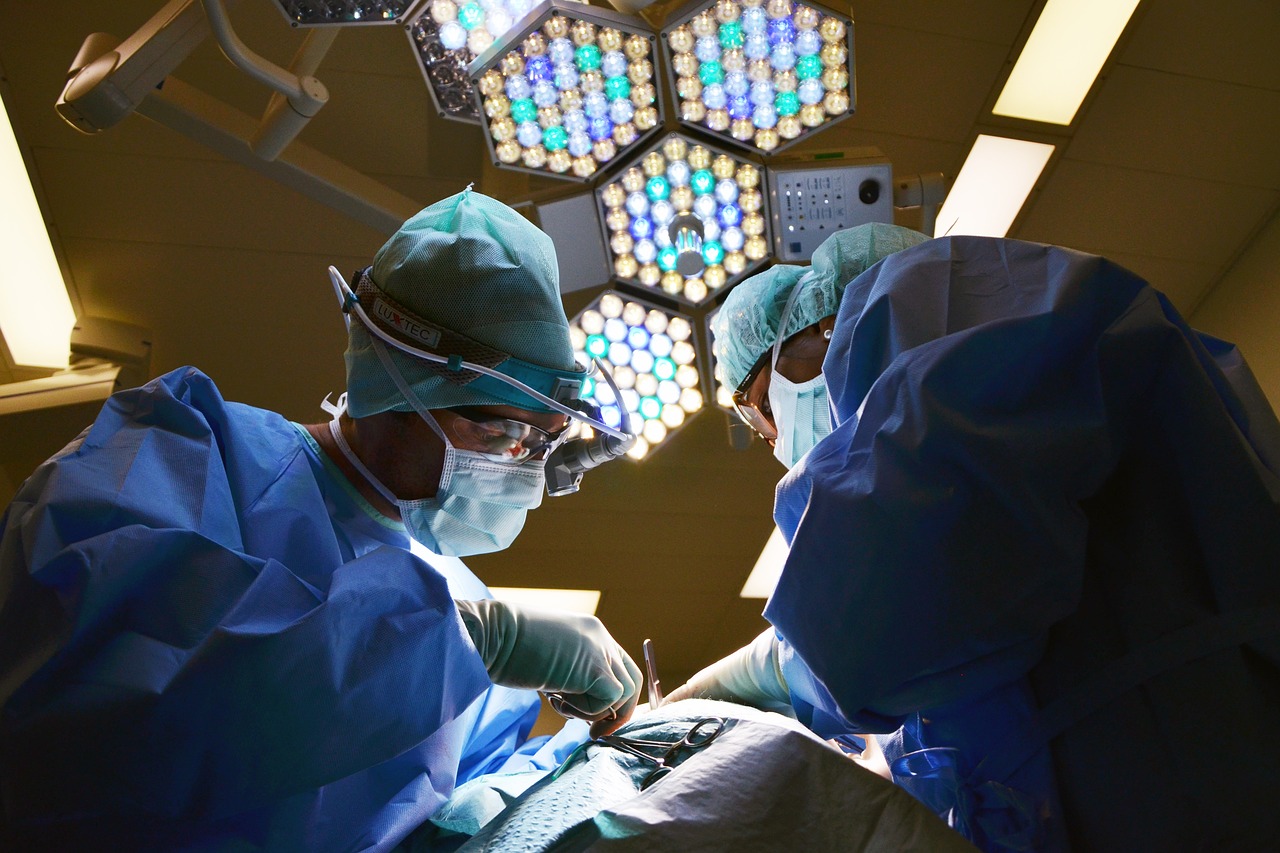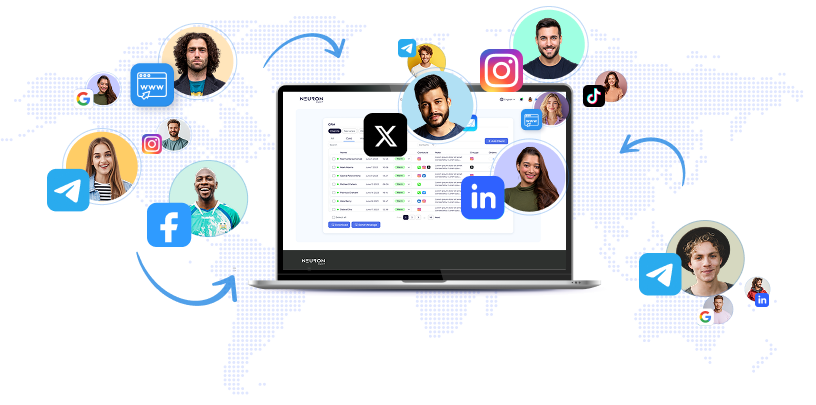
Today's column is a continuation of the ongoing series that explores the use of generative AI in the medical field. Specifically, this article focuses on how generative AI impacts medical doctors in making diagnostic decisions for patients. While the emphasis is on medical doctors, it is important to note that the same considerations apply to other medical professionals and clinicians who make clinical decisions. In this article, we will discuss clinical decision-making and the derivation of medical diagnoses. We will then explore the advent of modern generative AI and its impact on the medical field. It is crucial to understand that the use of generative AI as a diagnostic aid has both positive and negative aspects. It is not a black-and-white scenario where generative AI is either all-good or all-bad. Rather, there are both benefits and drawbacks to using generative AI in clinical decision-making. It is essential to consider both perspectives and thoroughly analyze the implications. The overarching goal is to provide a balanced examination of how generative AI can assist in the medical diagnostic process while also recognizing its potential limitations. The complexity of clinical decision-making and the challenges of medical diagnoses should never be underestimated. While movies and TV shows often portray medical diagnoses as quick and straightforward, the reality is much more nuanced. The process of reaching a medical diagnosis can be arduous, involving educated guesses, debates, and a degree of uncertainty. House, a popular TV show, accurately depicts the difficulties faced by medical professionals in reaching a diagnosis. The portrayal of the murkiness and complexity of clinical decision-making in the show offers valuable insights. It is essential to recognize that real-life diagnoses are not always immediately clear-cut, contrary to popular belief. Misdiagnoses are not uncommon, and errors can occur due to various factors. Research has highlighted that clinical decision-making and medical diagnoses are subject to human failings and errors. Studies have estimated that misdiagnosis rates can reach up to 10%, although the actual figure may vary depending on various factors. It is critical to acknowledge that misdiagnoses are non-zero and that they can potentially have significant impacts on patients' lives. The emergence of modern generative AI, characterized by highly fluent and large-scale pattern-matching capabilities, has significantly transformed the landscape of clinical decision-making.
It is important to explore and closely examine the changes brought about by generative AI in the medical field. However, it is crucial to approach the use of generative AI as a diagnostic aid with caution. While generative AI can be a valuable tool in finding accurate diagnoses and aiding medical professionals, it also has the potential for misuse and can lead to erroneous conclusions. The dual-use dilemma of AI emphasizes that while generative AI can be used for beneficial purposes, it can also be exploited for malicious intentions. There is a need to strike a balance between the potential benefits and risks associated with the use of generative AI in the medical field. The World Health Organization (WHO) has published a report highlighting the ethics and governance of artificial intelligence for health, which emphasizes the importance of careful considerations in using generative AI for medical diagnoses. Medical professionals are already utilizing various online tools for clinical decision-making, making the adoption of generative AI in this context a logical and alluring choice. However, it is crucial to recognize that generative AI is not infallible and should not be blindly relied upon. The trustworthiness and reliability of generative AI must be thoroughly evaluated, and its limitations should be acknowledged. With the advent of multi-modal generative AI, which combines various modes like text-to-audio, audio-to-text, text-to-video, etc. , there is even greater potential to leverage generative AI for medical diagnoses and decision-making. However, there are challenges associated with incorporating multi-modal capabilities, and careful attention must be given to avoid potential pitfalls. Generative AI can create a sense of confidence and assurance, but it is essential to be aware of its limitations and potential errors. The generative AI often generates responses that may appear precise and confident, but they are ultimately mathematical and statistical guesses. The subjectivity of pain perception, the complexity of medical conditions, and the need for diagnostic tests and human clinical judgment should be taken into account when using generative AI. Additionally, generative AI should not be mistaken for sentience or human intelligence. It is crucial to distinguish between the capabilities of generative AI and human expertise. Doctors should exercise their clinical judgment in conjunction with generative AI and critically evaluate the information provided. The integration of generative AI into the diagnostic process should complement human expertise rather than replace it. It is essential to conduct further research and empirical studies to explore the impact of generative AI on medical diagnoses. The potential benefits and risks must be thoroughly assessed, and efforts should be made to continually improve the accuracy and reliability of generative AI. Ultimately, the goal is to enhance medical diagnoses and improve patient outcomes while understanding and mitigating the potential pitfalls associated with generative AI.
None


Изучите два дополнительных оценки справедливой стоимости компании Sysco — узнайте, почему цена акций может быть на целых 95% выше текущей!

Thomson Reuters (TSX/Nasdaq: TRI), мировой лидер в области контента и технологий, 5 ноября 2025 года объявила о запуске новых агентских AI-решений, предназначенных для профессионалов в области налогов, аудита, права и комплаенса.

Microsoft объявила о крупном пятилетнем партнерстве на сумму 9,7 миллиардов долларов с поставщиком облачных AI-услуг IREN, что знаменует собой значительный шаг вперёд в развитии возможностей облачных вычислений и AI-инфраструктуры компании.

Запуск функции AI Overviews компанией Google в мае 2024 года стал важным шагом вперёд в представлении результатов поиска.

Быстрый прогресс и широкое распространение технологий искусственного интеллекта (ИИ) привели к росту контента, созданного ИИ, особенно к появлению очень реалистичных видеороликов.

Vista Social достиг значительного прогресса в управлении социальными сетями, интегрировав технологию ChatGPT в свою платформу, став первым инструментом, внедрившим передовой разговорный ИИ OpenAI.

В современном быстро меняющемся цифровом мире языковые барьеры часто создают серьезные препятствия для гладкого глобального взаимодействия.
Launch your AI-powered team to automate Marketing, Sales & Growth

and get clients on autopilot — from social media and search engines. No ads needed
Begin getting your first leads today